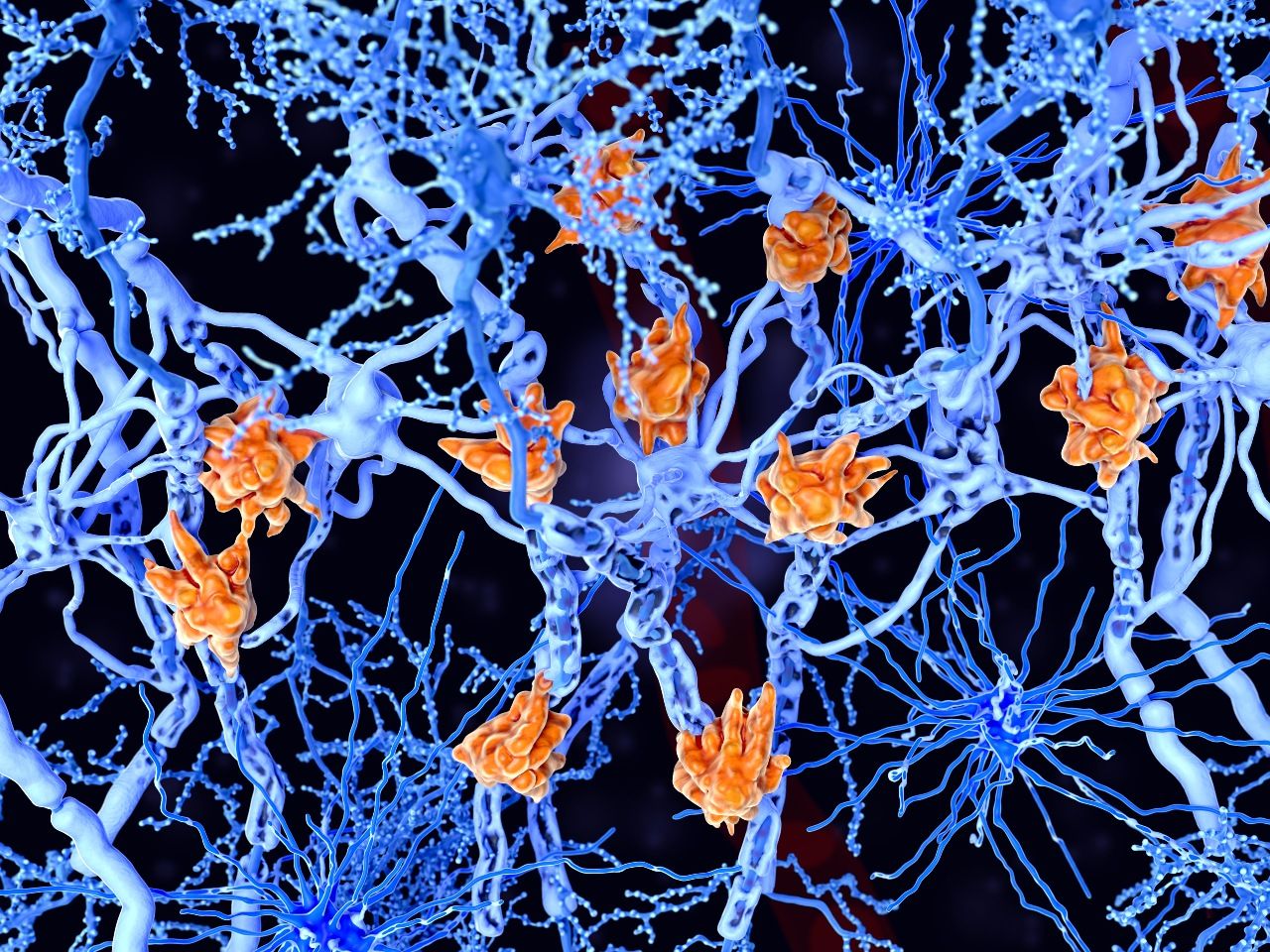- Center on Health Equity & Access
- Clinical
- Health Care Cost
- Health Care Delivery
- Insurance
- Policy
- Technology
- Value-Based Care
Anti-CD20 Therapies Shown to Be Effective After Switch From Natalizumab
Following the switch from natalizumab, patients with multiple sclerosis on anti-CD20 therapies like rituximab demonstrated significant reductions in annualized relapse rate.
This article was originally published by NeurologyLive.
In a small-scale study presented at MSMilan 2023, the 9th Joint ECTRIMS-ACTRIMS Meeting, held October 11-13, in Milan, Italy, findings showed that the use of anti-CD20 therapies after natalizumab (Tysabri; Biogen) were effective in treating multiple sclerosis (MS), with most disease progression being independent of relapse activity (PIRA).1
Senior investigator Inês Correia, department of neurology, Coimbra Hospital and University Center, Coimbra, Portugal, and colleagues studied a sample of 59 patients, most of which had relapsing-remitting MS, with a mean age of 39.33 years at natalizumab switch. Natalizumab, which has been approved since 2004, is considered a highly effective agent; however, it carries a significant risk of developing progressive multifocal leukoencephalopathy (PML), a life-threatening disease caused by the reactivation of JC virus.
Multiple sclerosis illustration | Image credit: Juan Gärtner - stock.adobe.com

In the retrospective study, patients with MS switched from natalizumab to an anti-CD20 therapy of either rituximab, ocrelizumab (Ocrevus; Genetech), or ofatumumab (Kesimpta; Novartis). In the subgroup of rituximab (n = 23), 21.7% of patients switched because of inefficacy whereas in the ocrelizumab group (n = 29), most patients switched for safety concerns (96.6%). Most of the total cohort were female (69.5%), with demographic, clinical, and safety data evaluated over time.
For the rituximab group, after a mean treatment duration of 48.57 months, annualized relapses rates were reduced from 0.65 to 0.08 (P = .007); however, most patients (43.5%) continued showed disease activity. At the end of follow-up, nearly three-fourths (73.9%) of patients showed no disability progression despite significant increases in overall Expanded Disability Status Scale (EDSS) scores (3.65 vs 5.15; P = .022). Investigators determined that half of these patients had PIRA-related progression. The therapy was stopped in 39.1% of the patients, most of which was related to inefficacy (66.7%).
In the ocrelizumab subgroup, reports of disease activity were much lower, as 13.8% of treated patients demonstrated this over an 18-month period. Throughout that time, there were no significant changes in ARR (0.03 vs 0.07) or EDSS (2.4 vs 2.52), with disability worsening reported in 10.3% of patients, all of which were PIRA-related.
Among those who switched to ofatumumab (n = 7), investigators observed no relapses reported and no significant chances in mean EDSS (2.0 vs 2.14) over a treatment duration of 6.86 months. The switch to this therapy was soley related to safety concerns, with no relapses in the previous year. PIRA was reported in 1 patient, and all individuals continued on with ofatumumab.
There has been some literature about exit strategies for patients potentially looking to discontinue natalizumab. In early 2021, a retrospective observational study compared the effectiveness, tolerability, and safety of switching disease-modifying therapy (DMT) treatment in patients with relapsing MS with a high JC virus antibody index and at least 24 infusions from natalizumab to ocrelizumab (n = 64), rituximab (n = 36), or cladribine (n = 20). Published in Neurotherapeutics, the study’s primary outcome was ARR with additional outcome MRI activity after 12 months and 12 weeks confirmed disability progression (CDP).2
At the conclusion of that study, the inverse probability treatment weighting (IPTW) propensity-score-adjusted models revealed that patients on ocrelizumab had a lower risk for ARR than those who switched to cladribine (ExpB, 0.485; 95% CI, 0.264-0.893; P = .020). This result was also confirmed for 12-month MRI activity (ExpB, 0.248; 95% CI, 0.065-0.948; P = .042). Regarding CDP, no differences were found, at the end of follow-up, between the 3-switching group. Overall, the DMTs used had a good safety profile with no cases of PML.
Click here for more coverage of MSMilan2023.
References
1. Cuhna C, Matos S, Carvalho IV, et al. Effectiveness of anti-CD20 therapies after natalizumab. Presented at: MSMilan2023, October 11-13, Milan, Italy. Abstract 723
2. Zanghi A, Gallo A, Avolio C, et al. Exit strategies in natalizumab-treated RRMS at high risk of progressive multifocal leukoencephalopathy: a multicentre comparison study. Neurotherapeutics. 2021;18(2):1166-1174. doi:10.1007/s13311-021-01037-2
Health Outcomes of Dually Eligible Beneficiaries Under Different Medicare Payment Arrangements
December 1st 2025Within the same physician groups, 2-sided risk in Medicare Advantage (MA) was associated with higher quality and lower utilization for dually eligible beneficiaries compared with fee-for-service MA and traditional Medicare.
Read More
